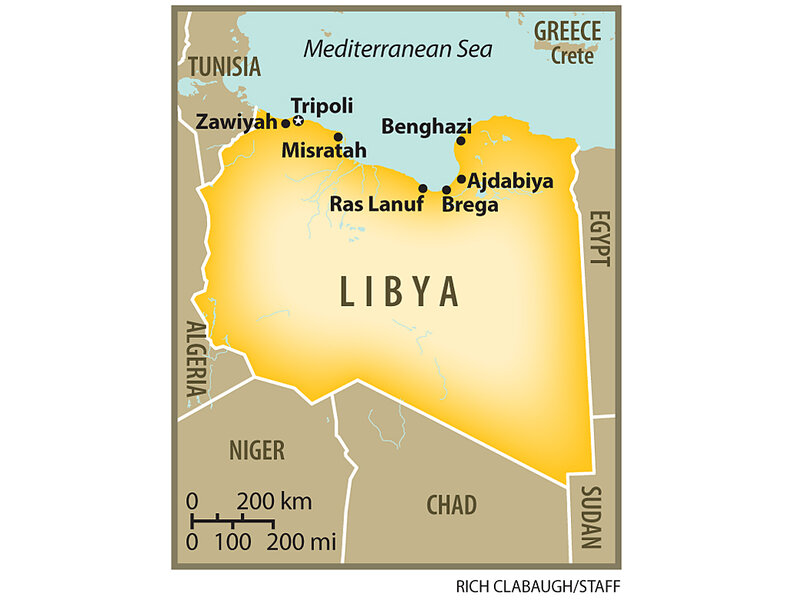When Mr. Qaddafi took power in 1969, he moved the capital from the eastern city of Benghazi to Tripoli. It is now Libya’s largest city. And as home to the country’s main seaport, it is also the country’s commercial and shipping center. The Bab al-Aziziya compound – which houses much of Qaddafi’s family as well as his closest advisers and loyal troops – is located on the city outskirts.
When Qaddafi attempted to decentralize the country’s power beginning in 1988, he moved several ministries out of Tripoli, but many government administrators still work in the city.
Tripoli was a piracy hub in the 1800s and was twice embroiled in war with the US. The Barbary Wars were sparked when the leader of Tripoli raised the amount of money it requested from the US in exchange for protecting US ships from piracy in the Mediterranean. Presidents Thomas Jefferson and James Madison refused to pay the increased tributes.
The second line of the US Marines hymn is “To the shores of Tripoli,” an allusion to the first American battle fought on land overseas, which was fought in Tripoli during the Barbary Wars.





